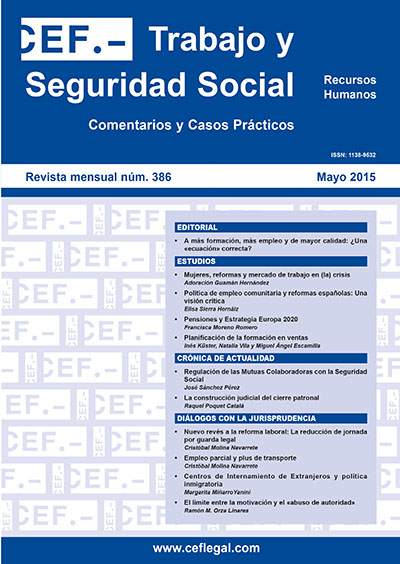New regulation of Social Security Collaborative Entities
DOI:
https://doi.org/10.51302/rtss.2015.2626Keywords:
mutual of accidents at work, temporary disability, Social SecurityAbstract
Social Security Collaborative Entities started out in 1900 based on the Law on accidents at work. Their leading role has been variable since then. In 1963, upon the publication of the Social Security system, the debate on their eventual extinction reopened. Some private insurance companies left the sector under fierce criticism for their anti-social intervention. It is from this date that their leadership, initially based on covering work-related accidents and diseases, has significantly grown to cover more benefits. Among them we can mention occupational risk prevention, and the management of benefits involving basic income security, health care, sickness, risk during pregnancy/breastfeeding, care of minors affected by cancer or another serious illness, termination of activity of self-employed workers and the management of some aspects of temporary incapacity derived from common contingencies. The new Law on Mutual Health organizations 35/2014, in force since January 2015, has shaped a new model in which mutual funds are from now on referred to as social security collaborators, defines a clear framework for their action and significantly enhances their role in the management of temporary incapacity derived from common contingencies.


















